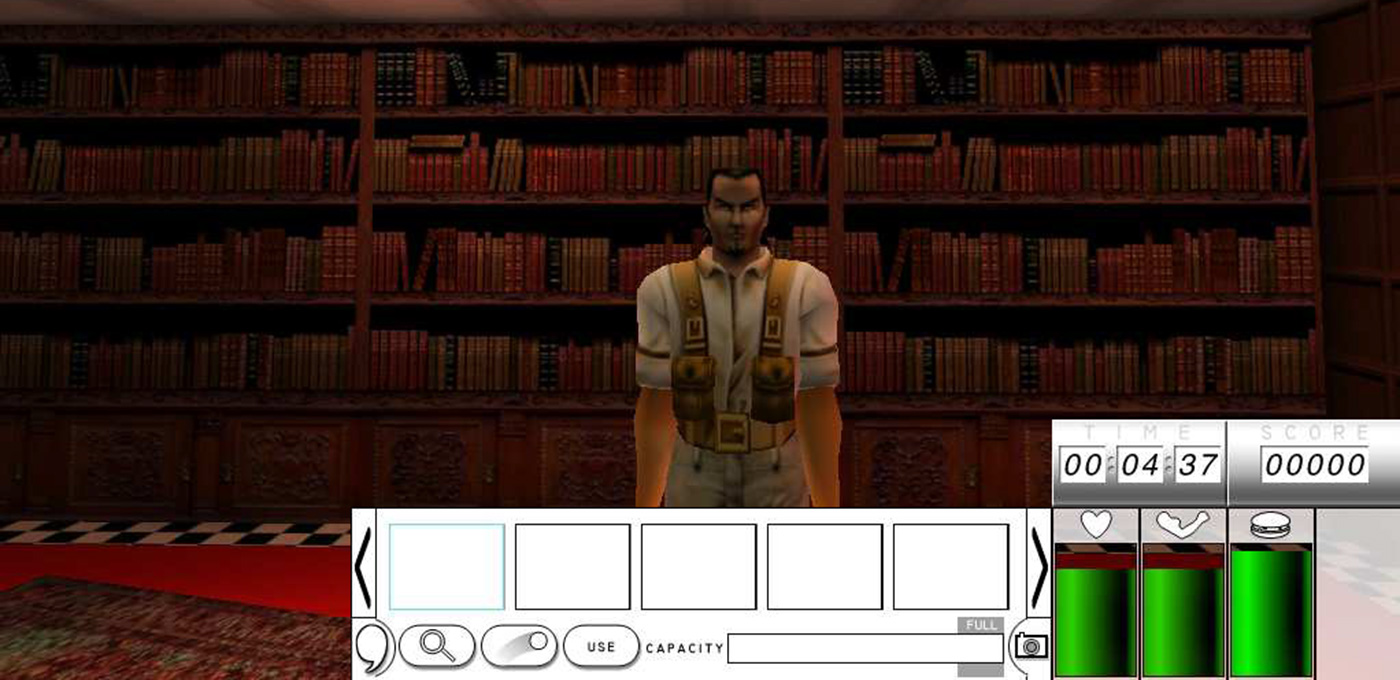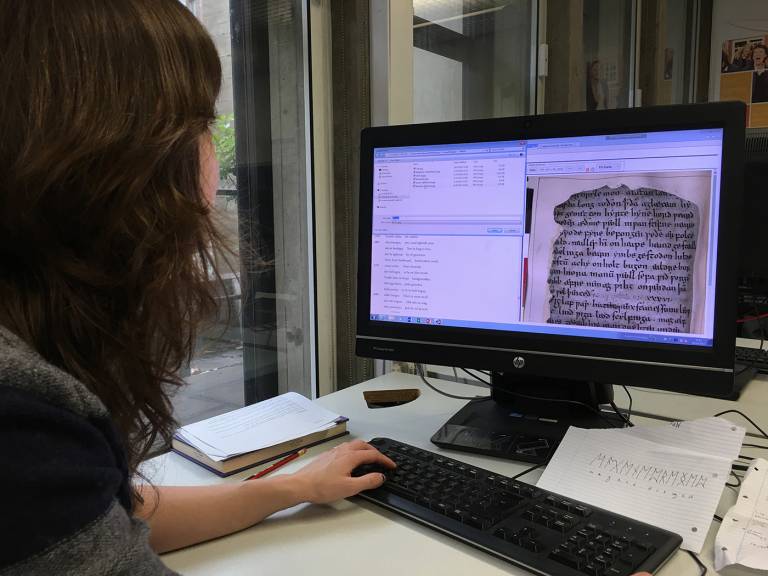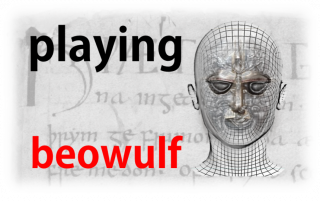Playing Beowulf
We've seen books and comics turned into films and plays and vice versa, but have you seen a poem become a video game?

19 June 2017
By Jason Ilagan.
A project team funded by the UK Arts and Humanities Research Council has developed a game-authoring tool based on the Anglo-Saxon epic poem Beowulf, interpreting the text into playable characters, landscapes and events.
Gaming the Library
Curators of the original Beowulf manuscript at the British Library have been able to develop digital game experiences, and also allowing visitors and students to create their own, encouraging co-curatorship through an interactive environment.
“We thought about what makes a hero, and started to think about the more aggressive side of a hero. The students began to question, "Is that ok? Should heroes behave like that?
Why Beowulf?
- The only copy of the Beowulf manuscript was one of the first major digitisation projects of the British Library - so this project can extend its history of digital adaptation into forms of game narrative and dramatic action.
- Beowulf belongs to a narrative tradition which has strongly influenced the video game designs of the last twenty years: archaic and medieval-themed fantasy games often deriving from Tolkien's stories. For Anglo-Saxon scholars and HE English students, adaptation of Beowulf into a videogame opens up ways of reinterpreting the poem, and connecting it to contemporary popular cultural contexts.
- Beowulf is a popular text in translation for secondary schools at Key Stage 3. If students are able to explore the poem through drama and videogame design, they also will make connections between this archaic form of narrative and their own gaming cultures. They can also explore in close detail the narrative, and even selections of the original text, such as the ambiguous term “aglæca”, used of Beowulf, Grendel and Grendel’s Mother (as ‘aglæc-wif’), but often differently translated to signify hero in the case of Beowulf and something monstrous in the case of Grendel and Grendel’s Mother. This ambiguity can translate into morphing visual characters, shifting point-of-view, and even spoken dialogue in their game designs.

Vicky Symons searching the online Electronic Beowulf for instances of 'aglaeca' in the text.
English and Drama teachers-in-training at IOE, working on the Anglo-Saxon poem Beowulf through drama, film and videogame making.
Although literary treasures may be centuries old, the project demonstrates how creating a game-like environment can bring spaces such as museums and libraries to life with the stories that they hold.
 Close
Close


